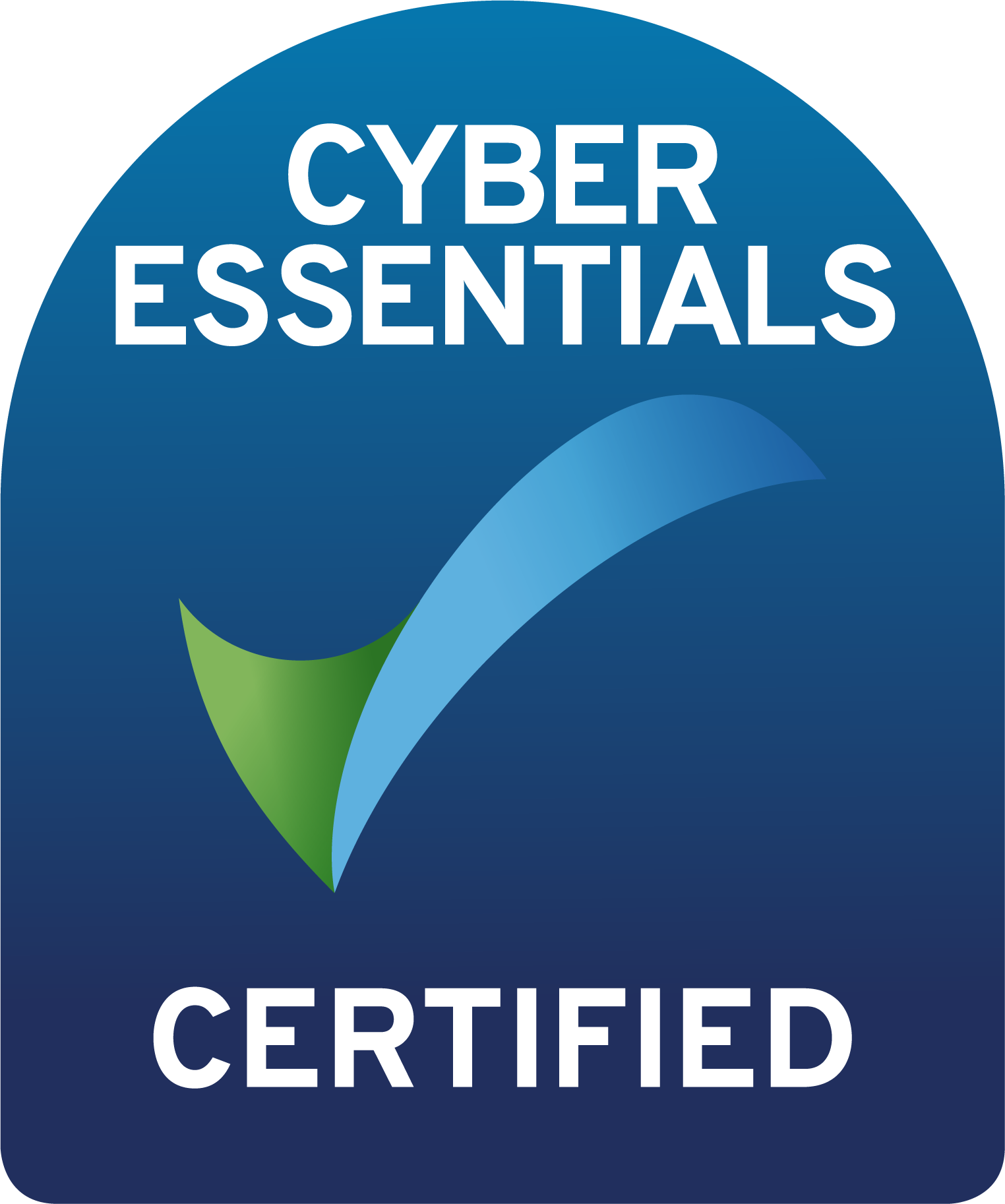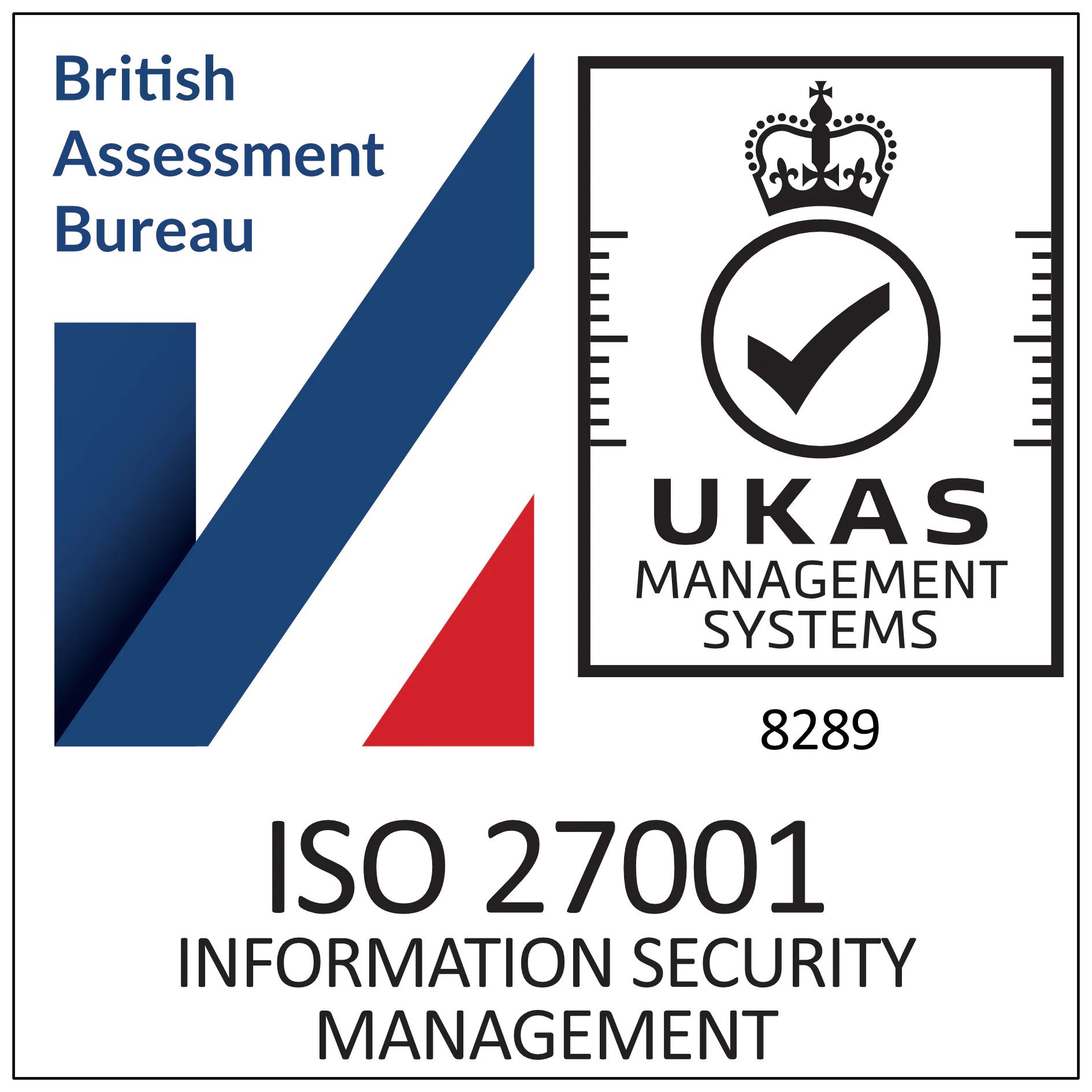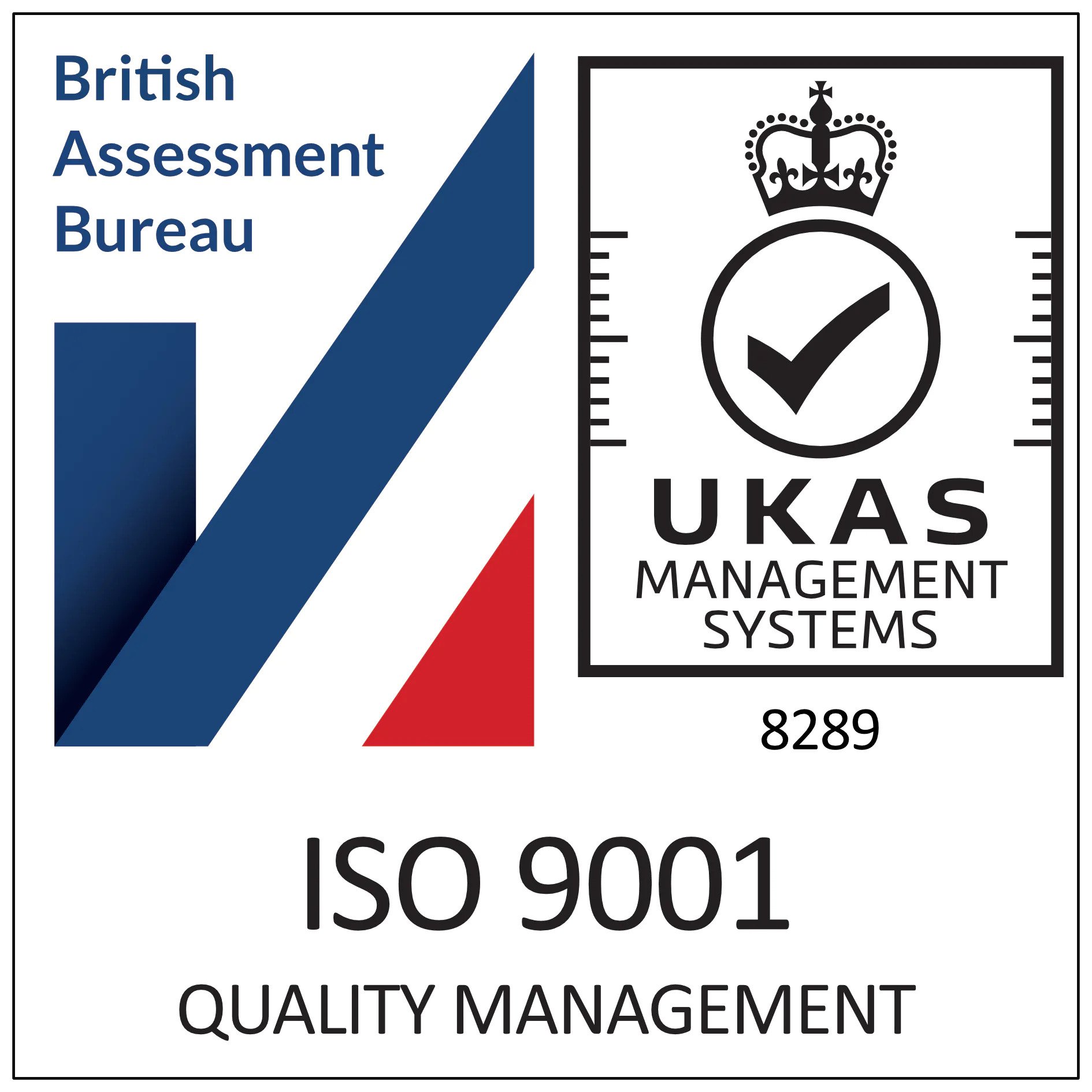
Why do SMEs need to automate?
What do we mean by ‘Automation’
Everywhere we look these days, automation is making a mark. From Alexa and Google Home in our homes to ‘big data’ and the ‘Internet of things’, smart automation is transforming our world.
Automation of information is not as new as it may seem. Think of traffic lights – an automated way of telling people who can drive and who should wait, implemented a long time ago to allow police to focus on other things. When I was a kid airport departure boards where famous for the clacking noise they made as physical signs were flipped around to give customers the information they needed. It was not digital, but it was automation.
The Microsoft 365 Suite works with tools that make it possible for businesses of any size to automate their processes. That can be something very small – a single button to do a single step – using Power Apps, all the way up to business-wide processes delivered using Dynamics. Depending on the specific need, many of the tools you need are included in your Microsoft 365 licence, and they are all designed to interact smoothly.
A Common Scenario – Invoice Approvals
One of the most common uses of Power Apps is to manage purchase invoice approval. Starting with a storage solution in SharePoint we first use Power Automate to build out an automated process based on email. When a new invoice is stored in SharePoint, email the relevant manager for approval. They can give approval by clicking a button in the email, and that can trigger further steps such as a status change, moving the file to another folder or even connecting to the finance system and loading the invoice in an approved state.
Going a step further, Power Apps lets us build a user interface, so the manager can see all their outstanding approvals in one place. We can connect action buttons to the Power Automate activities and even allow them to add commentary, perhaps set some field values like a project ID, or leave the invoice for later. With a Power Apps interface, it will be there when you come back, and you won’t have to search Outlook to find it.
When the Director wants to see the state of all the invoices, Power BI can connect to the SharePoint library and produce charts showing who has outstanding invoices, who approved what, total values, and so on. This can either be a free-standing report in the PowerBI portal or embedded into the Power Apps interface.
OK, but why not use people?
The strength of automated processes lies in:
- Consistency
- By using automation you know it will be the same every time
- Traceability
- Unlike people, automation never forgets to make a note of what it did
- Speed
- Automation will fire, at most, within a few minutes of the trigger event. That makes for a faster response, a better customer experience and a shorter time to deliver service and get paid
- Simplicity
- Well built automation moves the complexity from the human activity to a machine. The goal can be to reduce costs by ‘deskilling’ a role, or it can be to release those skills to higher value activity
- Accuracy
- No mistakes unless you configure them in from the outset. Automation will do what you told it, every time, and it won’t even demand a party in December!
What would be a good process to automate?
In every business there are information processes that are candidates for automation. You’re looking for something where:
- There’s a clear start and end
- In invoice approval, the start is the invoice arriving, and the end is the approval being given
- You know what the inputs and outputs will be
- The input is the invoice, the output is the decision
- The process is about moving information
- It’s always better to move data than objects. It’s quicker, it’s cheaper and it uses less resources (though not none, just to be clear). You might have a process that has a physical component in the middle, for example a tool inspection. That’s OK too. You can use automation to start the process, which assigns the inspection to someone, and that person can trigger the next part of the process by updating the job record.
- One of these is true:
- The process doesn’t involve any decisions (i.e. it’s always exactly the same – think logging in visitors at your office)
– OR – - The process contains decisions which can be defined in advance with fixed options (i.e. you might need to ask a human something with a Yes/No answer, or specific answers that can be chosen from a dropdown list)
– OR – - As described above, there is a clear point where you can ask a human to do something with a predictable result.
- The process doesn’t involve any decisions (i.e. it’s always exactly the same – think logging in visitors at your office)
That feels like it covers most processes, but there are lots of things that involve creative problem solving, solution design, marketing and so on. These are really hard to automate using tools like Power Automate, Power Apps and Power BI.
It’s time to get automating. What’s your first priority?

Nick Ellis
Digital Transformation Consultant
nellis@select-technology.co.uk
www.linkedin.com/in/nickellis74
Share this post
Case Studies
Success Stories
Accreditations
Partner Accreditations and Certifications













